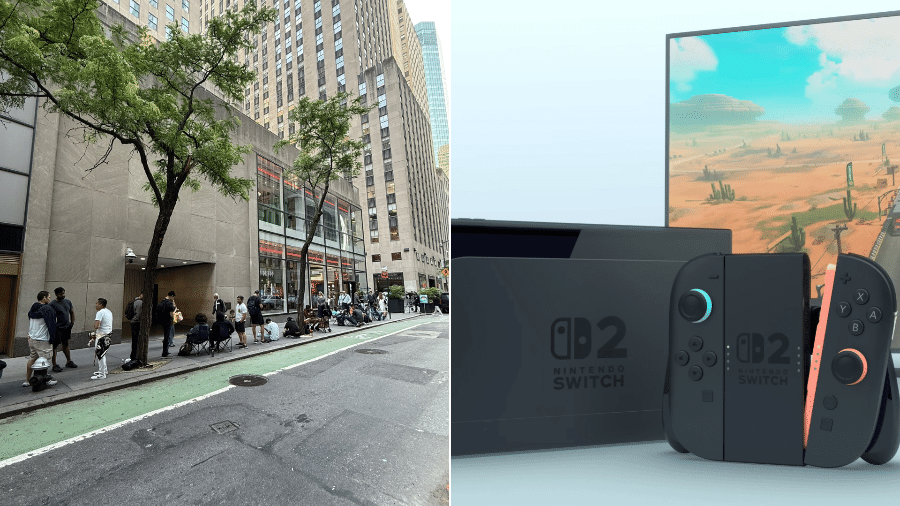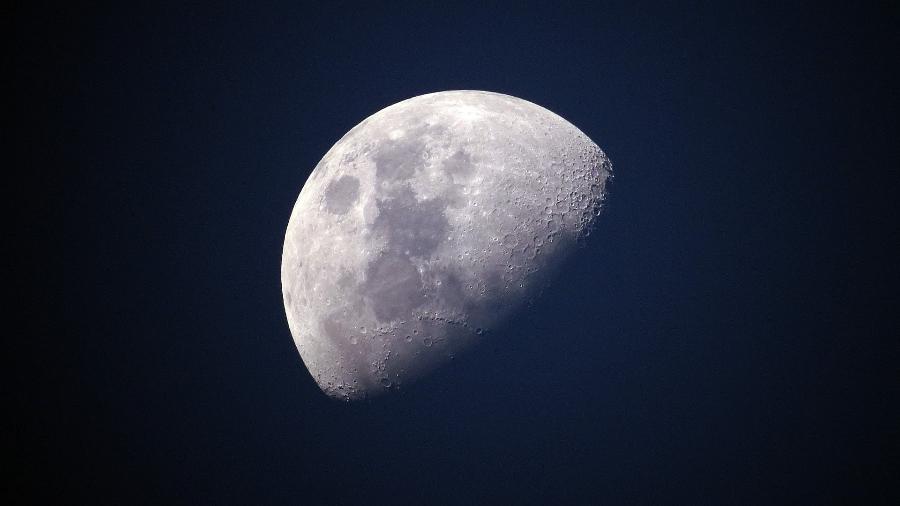Companhia confirma áudio de piloto que diz ter visto OVNI em voo nos EUA

A companhia aérea American Airlines confirmou a veracidade do áudio no qual um piloto afirma que viu um OVNI (objeto voador não identificado) no estado do Novo México (EUA), no domingo (21).
O voo 2292 saiu de Cincinnati com destino a Phoenix quando, por volta das 13h (horário local), o piloto questionou à torre de controle aéreo se havia algum obstáculo no trajeto pois havia algo voando sobre o avião.
"Você tem algum alvo aqui? Acabamos de ter algo bem acima de nós. Odeio dizer isso, mas parecia um longo objeto cilíndrico que quase parecia um tipo de míssil de cruzeiro se movendo muito rápido. Ele ou por cima de nós", disse o piloto à torre de controle aéreo. O áudio da gravação foi divulgado por Steve Douglass no blog Deep Black Horizon.
A companhia confirmou a autenticidade do áudio, porém, não quis fazer comentários sobre o possível encontro alienígenas e humanos. A empresa ainda disse à Fox News para procurar o FBI — polícia federal norte-americana.
"Após um interrogatório com nossa tripulação de voo e informações adicionais recebidas, podemos confirmar que esta transmissão de rádio foi do vôo 2292 da American Airlines em 21 de fevereiro", disse um porta-voz da American Airlines em um comunicado. "Para quaisquer perguntas adicionais sobre isso, encorajamos vocês a entrarem em contato com o FBI."
O avião estava a 11 mil metros de altitude quando avistou o suposto OVNI. No estado do Novo México é onde fica localizado o Campo de Teste de Mísseis de White Sands, descrito como "equipamento do Departamento de Defesa e responsável por fornecer as mais importantes instalações de pesquisa, desenvolvimento, teste, avaliação, experimentação e treinamento do mundo".
Procurados, o Campo e o FBI não responderam aos questionamentos sobre o estranho avistamento.














ID: {{comments.info.id}}
URL: {{comments.info.url}}
Ocorreu um erro ao carregar os comentários.
Por favor, tente novamente mais tarde.
{{comments.total}} Comentário
{{comments.total}} Comentários
Seja o primeiro a comentar
Essa discussão está encerrada
Não é possivel enviar novos comentários.
Essa área é exclusiva para você, , ler e comentar.
Só s do UOL podem comentar
Ainda não é ? Assine já.
Se você já é do UOL, faça seu .
O autor da mensagem, e não o UOL, é o responsável pelo comentário. Reserve um tempo para ler as Regras de Uso para comentários.